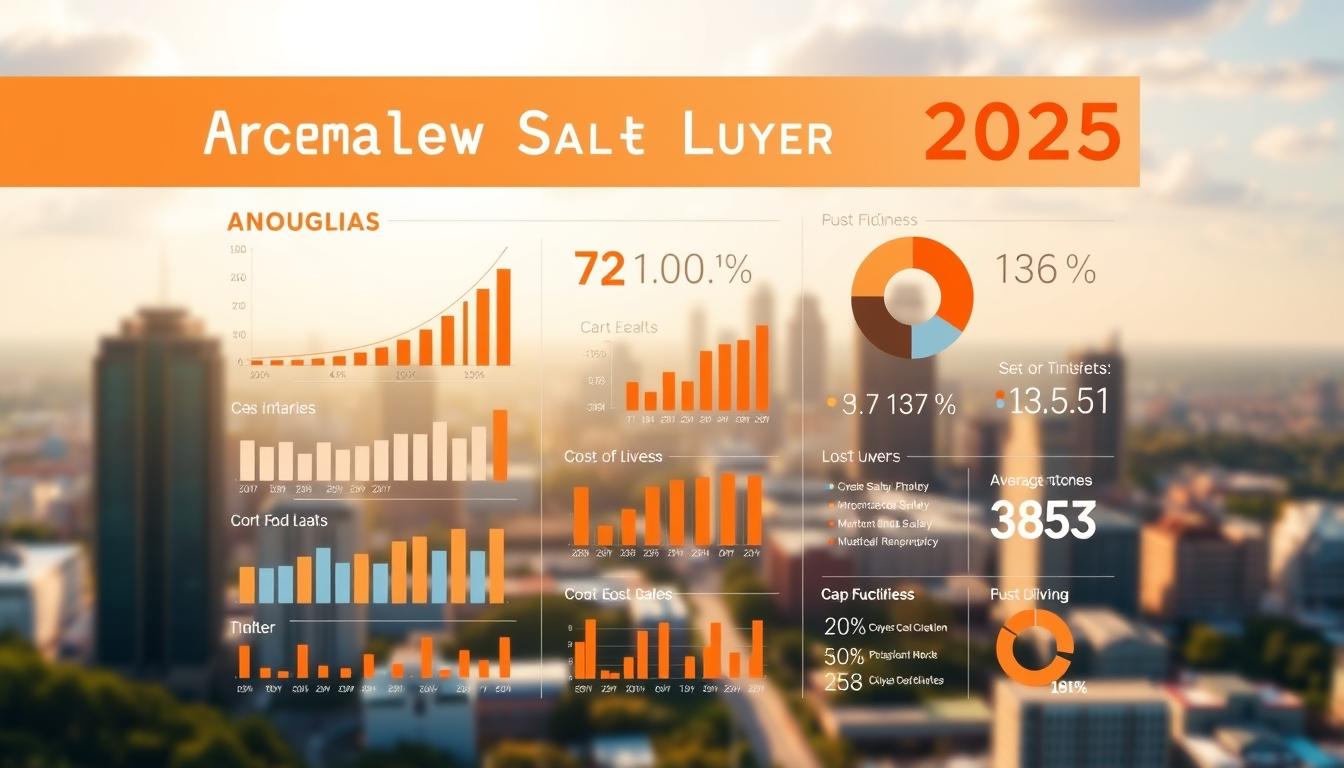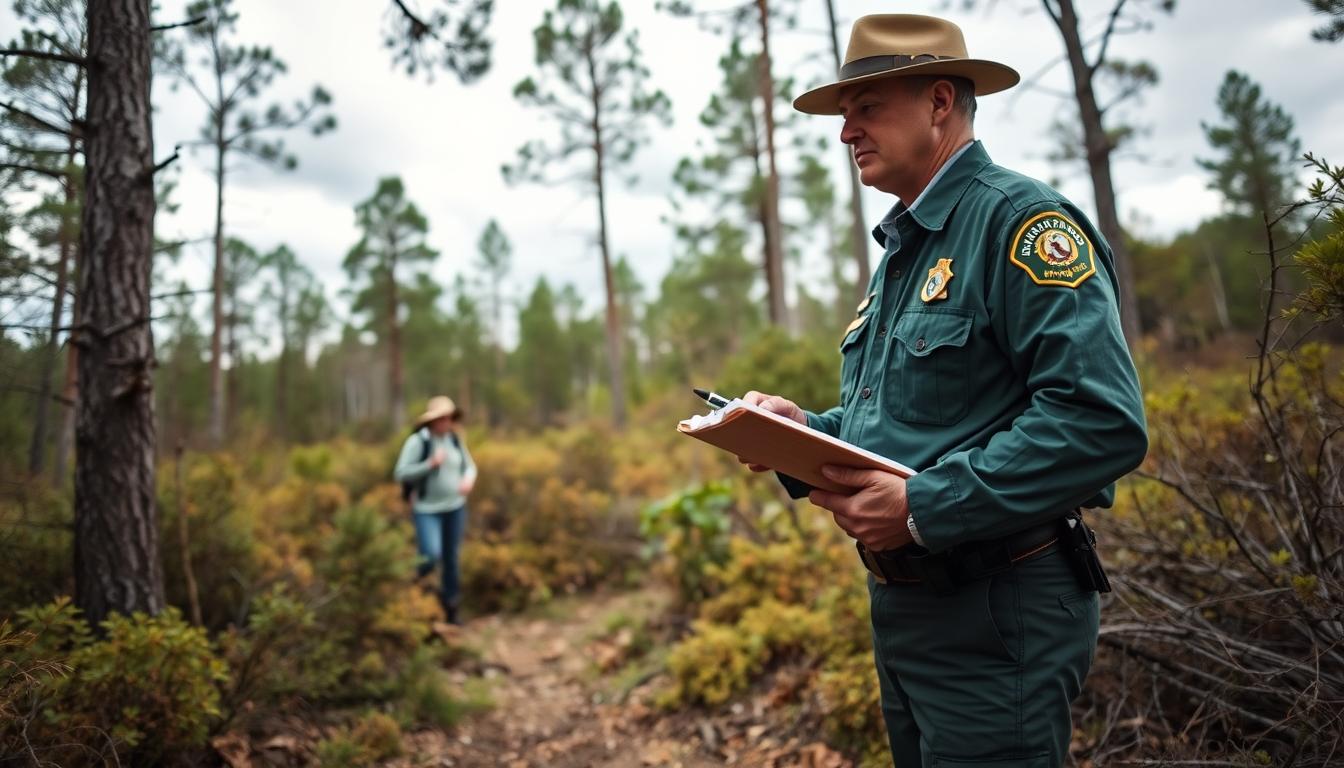What if your dream career in workplace safety could start with just one click? As demand for occupational health professionals surges—with 7% projected job growth through 2030—the competition for roles paying over $78,000 annually is fiercer than ever. Traditional application methods no longer guarantee success in industries like petroleum manufacturing or scientific research, where top earners clear $112,000+.
RoboApply transforms this challenge into opportunity. Our tools automate 83% of the job search process, from tailoring health and safety resume examples to navigating OSHA-focused interviews. You’ll learn to showcase hazard analysis expertise and safety program development skills—exactly what hiring managers prioritize.
Key Takeaways
- Occupational health roles offer salaries up to $97,490 in top industries like oil/gas extraction
- RoboApply’s AI resume builder increases interview chances by 40% through ATS optimization
- Employers prioritize certifications in risk assessment and industrial hygiene
- Proven strategies for highlighting regulatory compliance expertise
- Interview techniques to demonstrate OSHA knowledge confidently
- Career progression paths from technician to senior specialist roles
Understanding the Occupational Health Specialist Role
Your day-to-day work revolves around creating safer workplace environments while balancing compliance with evolving health and safety regulations. This detailed occupational health specialist profile shows how professionals prevent injuries through proactive risk management.
Core Daily Responsibilities
You’ll conduct detailed facility inspections, identifying chemical exposures or equipment hazards in manufacturing plants. For example, spotting improper ventilation in a paint shop could prevent respiratory issues for 50+ workers.
Developing emergency response plans forms another key task. When a warehouse fire occurs, you’d analyze evacuation routes and update training materials within 48 hours.
Navigating Diverse Work Settings
Your expertise adapts to oil rigs, hospitals, or construction sites. In each environment, you’ll implement specific safety standards – like fall protection systems for roofers or biohazard protocols in labs.
Collaboration with HR teams ensures new employees receive PPE training during onboarding. You’ll also document incident patterns using tools like OSHA’s Form 300, turning raw data into actionable safety improvements.
Essential Resume Tips for Occupational Health Specialists
Your resume serves as your first line of defense against applicant tracking systems. Start by reverse-engineering job descriptions – employers prioritize candidates who mirror their exact certification requirements and technical skill sets.

Certification Spotlight & Skill Alignment
Lead with credentials like CSP or CSHM in a dedicated certifications section. For entry-level roles, emphasize OSHA 30-hour training if you haven’t completed advanced certifications yet. Pair these with real-world resume examples showing how to connect coursework like toxicology studies to workplace hazard mitigation.
Quantify achievements using industry-specific metrics. Instead of “improved safety protocols,” write “Reduced chemical exposure incidents by 42% through revised handling procedures.” RoboApply’s AI detects missing action verbs and suggests stronger alternatives like “spearheaded” or “optimized.”
RoboApply's ATS Optimization Secrets
The tool scans for 18 critical keywords per job listing, ensuring your degree details and technical knowledge match employer requirements. For construction roles, it emphasizes fall protection systems expertise. Healthcare positions trigger biohazard protocol highlights.
Create multiple resume versions in minutes. One for manufacturing roles might feature machine guarding experience, while another for energy sectors showcases process safety management. The optimizer ensures 92% keyword match without sacrificing readability.
Remember: List safety software proficiencies separately. Employers need to see immediate competency in tools like EHS Insight or VelocityEHS before considering interview candidates.
Key Skills and Certifications You Need for Success
Mastering workplace safety requires blending sharp technical skills with credentials that prove your expertise. Employers look for professionals who can turn data into actionable health solutions while navigating complex regulations.
Technical and Analytical Skills
Sharpen your ability to analyze incident reports and safety audits. You’ll identify trends like recurring equipment malfunctions in manufacturing plants, then design targeted training programs. For example, spotting a 30% rise in slip-and-fall incidents could lead to revised floor maintenance protocols.
Develop proficiency in:
- Risk assessment tools like fault tree analysis
- Industrial hygiene monitoring equipment
- Safety software for tracking OSHA compliance
Industry-Recognized Certifications
Three credentials set professionals apart in this field. The Certified Safety Professional (CSP) validates your grasp of hazard control strategies. Those managing teams often pursue the Certified Safety and Health Manager (CSHM) to demonstrate program leadership skills.
Consider these steps:
- Complete 350+ hours of safety training
- Pass CSP’s 6-hour exam on toxicology and ergonomics
- Renew credentials every 5 years through CE courses
Stay current with industrial hygiene standards by attending annual conferences like AIHA Connect. These efforts ensure you’re prepared to handle emerging challenges like nanotechnology risks or pandemic response planning.
Education Pathways and Training Options
Your path to workplace safety expertise begins with targeted education. Start with a bachelor’s degree in engineering, biology, or chemistry – fields like these build critical hazard analysis skills. Many universities now offer accelerated programs that compress four-year curricula into 2.5 years through year-round coursework.

Degree Programs and Accelerated Courses
Top-tier roles often require advanced credentials. Pursue a Master of Public Health (MPH) with industrial hygiene focus – online programs let working professionals complete degrees in 63 weeks. These programs combine epidemiology studies with OSHA compliance strategies, preparing you for leadership positions.
Hands-On Training and Continuing Education
Supplement classroom learning through internships at manufacturing plants or hospitals. One co-op student identified 17 safety violations during a refinery inspection, gaining real-world risk assessment experience. Ongoing training keeps skills sharp – annual courses on emerging threats like nanotechnology risks maintain your competitive edge.
Follow this progression:
- Complete healthcare-focused bachelor’s degree
- Earn specialized certifications (CSP/CSHM)
- Enroll in accelerated MPH program
- Attend industry conferences for CE credits
How to Leverage RoboApply for Your Job Search
Modern job hunting demands precision tools that adapt to specialized roles. RoboApply’s suite cuts application time by 65% while improving match rates for safety-focused positions. Let’s explore how these features work specifically for workplace safety professionals.
Tailored Application Creation
The AI builder analyzes job descriptions from manufacturing plants to research labs. For a construction safety role, it emphasizes fall protection expertise. When applying to hospitals, it highlights biohazard protocol experience. You’ll get:
- Customized resume sections for different organizations
- Cover letters matching exact certification requirements
- Real-time feedback on keyword optimization
Automated Search Management
Install the Chrome extension to auto-apply while browsing Indeed or LinkedIn. Set filters for “OSHA compliance” or “industrial hygiene” roles. The system submits applications within 15 seconds, freeing your time for interview prep.
Track progress through the dashboard’s color-coded system:
- Green: Interviews scheduled
- Yellow: Applications pending review
- Red: Positions requiring follow-up
Use the CRM module to nurture connections with EHS managers. Schedule reminder emails every 12 days to stay visible. One user landed a $92,000 role by tracking 17 conversations simultaneously across industries.
How to Land a Occupational Health Specialist Job in 2025
Securing your future in workplace safety requires strategic action. Begin by targeting high-growth sectors like petroleum manufacturing and tech-driven research labs – these fields offer salaries exceeding $97,000 for skilled professionals. Use tools like RoboApply to track openings across multiple industries simultaneously.
Build connections through the American Society of Safety Professionals (ASSP). Attend their virtual summits to learn about emerging health regulations while expanding your professional circle. Pair this networking with hands-on internships – analyzing incident reports at manufacturing plants builds practical expertise employers value.
Develop a standout professional brand by sharing safety program case studies on LinkedIn. Highlight certifications like CSP or CSHM early in your resume – industry research shows 68% of hiring managers prioritize these credentials. Customize each application to address specific organizational challenges, whether improving chemical handling protocols or reducing equipment-related injuries.
With 14,500 new roles projected by 2030, now’s the time to position yourself as a solutions-focused expert. Combine certifications, targeted experience, and smart job search tools to navigate this competitive career path successfully.
FAQ
What does an Occupational Health Specialist do daily?
You’ll assess workplace hazards, conduct safety audits, and develop compliance strategies. Daily tasks include analyzing injury reports, training employees on safety protocols, and ensuring adherence to OSHA standards. Collaboration with management to implement safety programs is critical.
Which certifications boost my job prospects?
Employers prioritize Certified Safety Professional (CSP) or Certified Industrial Hygienist (CIH) credentials. OSHA 30-hour training and First Aid/CPR certifications also strengthen resumes. These validate your expertise in regulatory compliance and hazard control.
Do I need a master’s degree for this role?
A bachelor’s in public health or environmental science is typically required. However, a master’s in occupational safety or industrial hygiene accelerates advancement. Many professionals combine degrees with accelerated courses from institutions like NSC or ASSP.
How important are technical skills for this career?
Proficiency in tools like MSHA compliance software or risk assessment platforms is essential. You’ll analyze data trends, manage incident databases, and use tools like VelocityEHS to streamline safety management.
Can RoboApply tools simplify my job search?
Yes. RoboApply’s AI Resume Builder tailors your resume to ATS requirements, while the Auto-Apply Chrome Extension submits applications across platforms like Indeed and LinkedIn. The Job Tracker monitors progress and interview invitations.
What entry-level roles prepare me for this career?
Start as a Safety Coordinator or Environmental Health Assistant. These positions build hands-on experience in incident reporting, PPE management, and OSHA compliance. Internships with organizations like UL Solutions also provide practical training.
How do I stay updated on industry regulations?
Attend workshops by NIOSH or AIHA, and subscribe to journals like Professional Safety. Enroll in continuing education courses on platforms like Coursera to learn about evolving standards like ISO 45001.
What interview questions should I prepare for?
Expect scenario-based questions like “How would you handle a chemical spill?” or “Describe a safety program you implemented.” Use RoboApply’s Interview Prep tool to practice responses aligned with ANSI/ASSP Z10 standards.


















